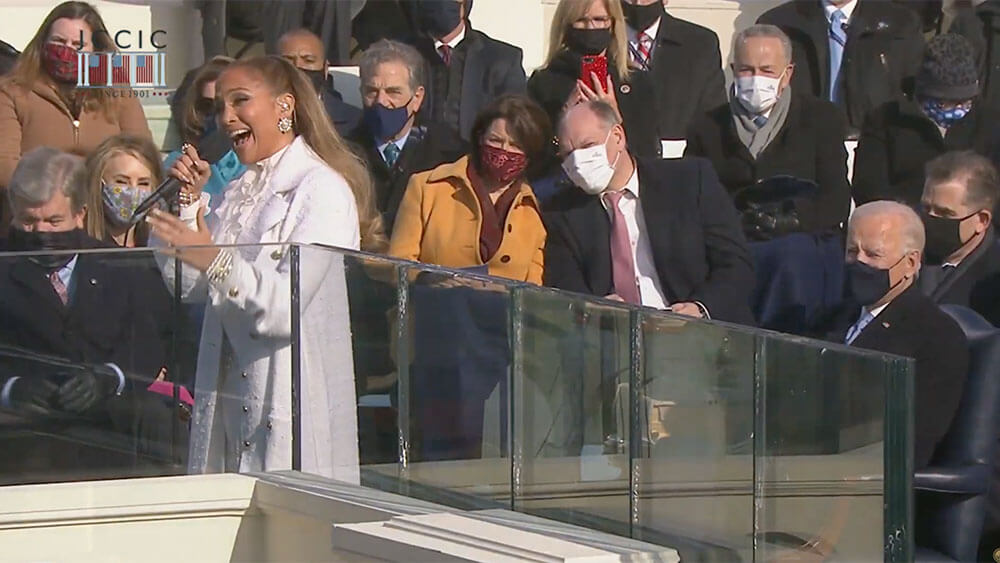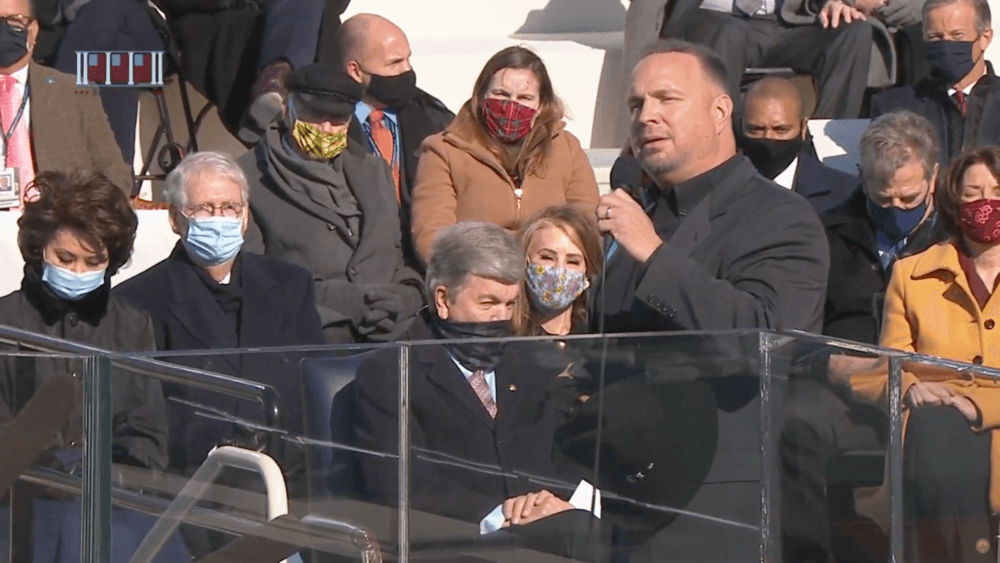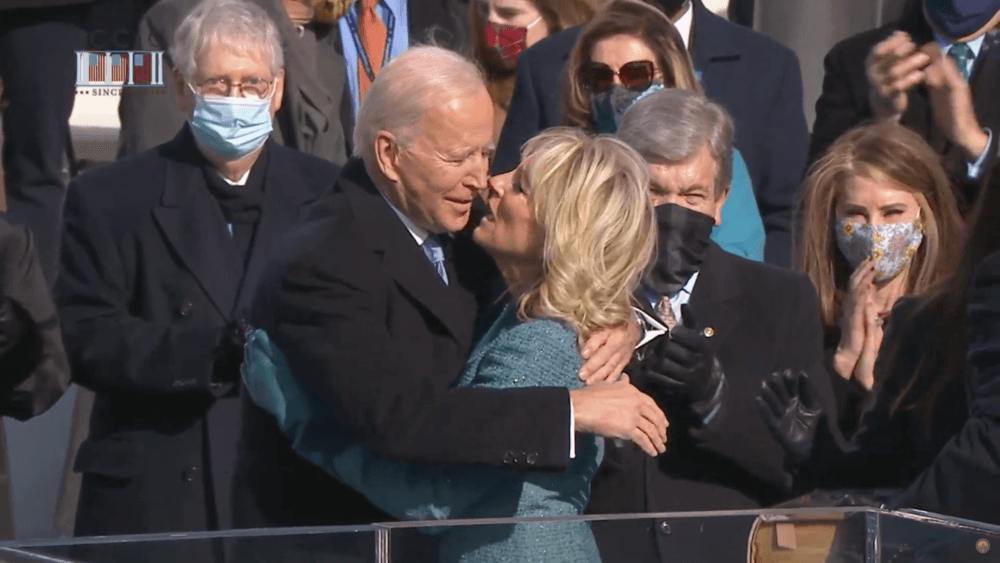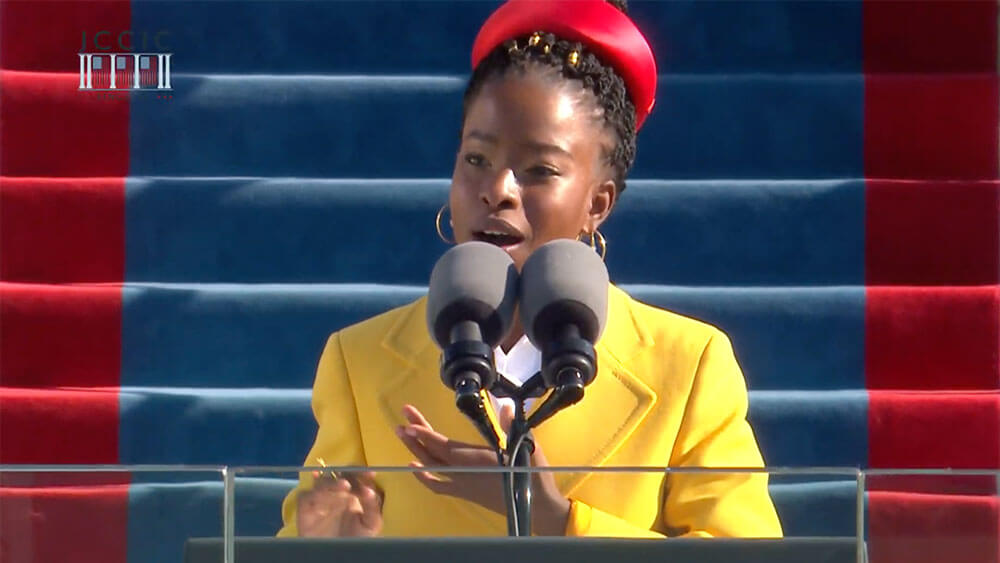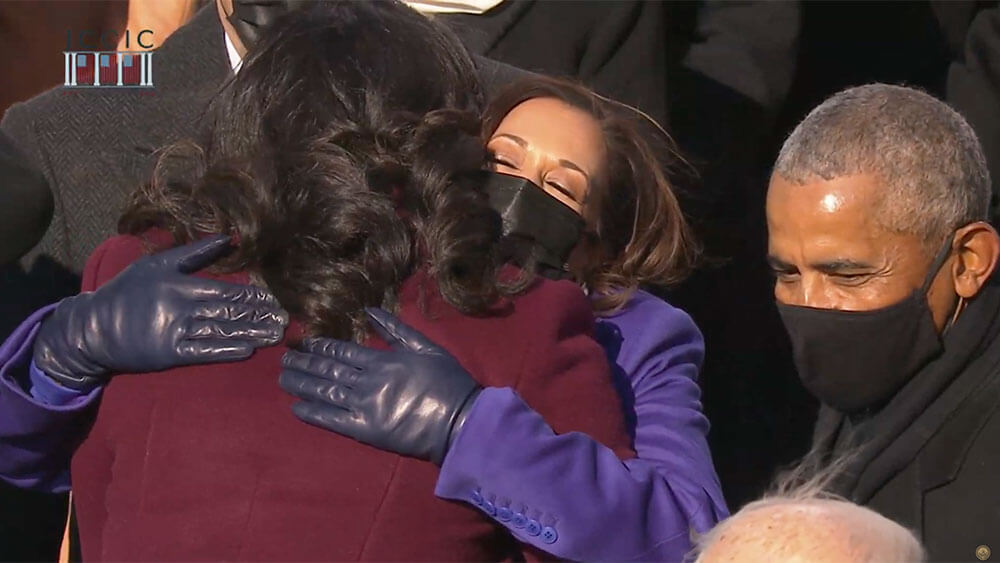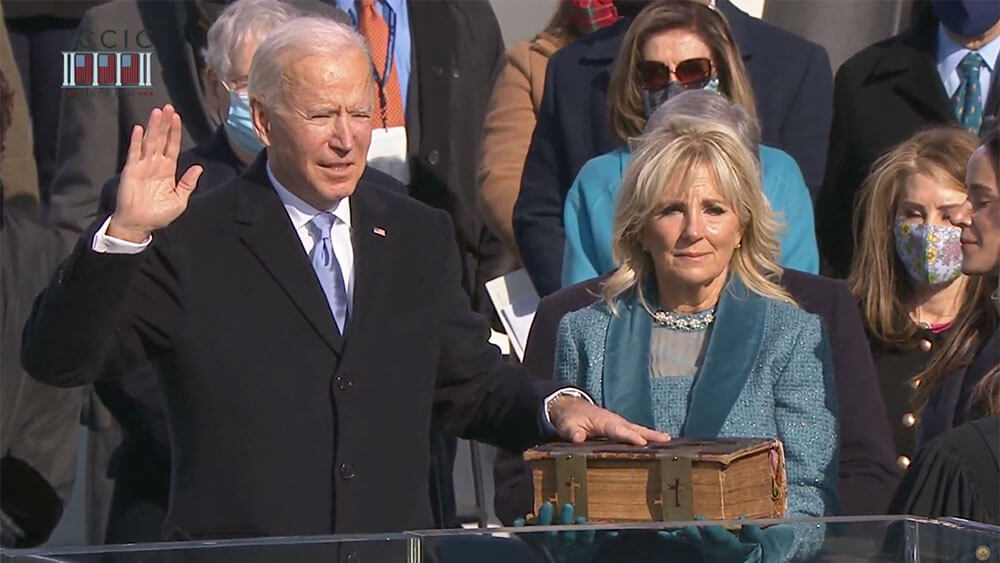
Joseph Biden takes the oath of office Jan. 20, becoming the 46th president of the United States. Organizers faced several obstacles when planning the event.
In Washington, D.C., where Joe Biden and Kamala Harris on Jan. 20 were sworn in respectively, as the 46th President and Vice President of the United States, a still-raging pandemic that has killed more than 400,000 Americans was only one factor complicating the event. The nation’s capital is under a state of emergency, a seven-foot fence topped with razor wire surrounds the Capitol, where most inaugurations have taken place since the early 19th century, and 25,000 National Guard troops have been called to the city following the Jan. 6 breaching of the Capitol.
“At this moment, our nation’s most sacred national gatherings are being threatened,” Priya Parker, the author of The Art of Gathering, wrote in her Art of Gathering newsletter. In the face of such a grave threat, Parker wrote, we need to stop and ask ourselves a few questions. They are versions of the questions that event organizers all over the world have asked themselves about the events that they have had to radically redesign over the last 10 months: What is at the core of the event? What about this event is essential?
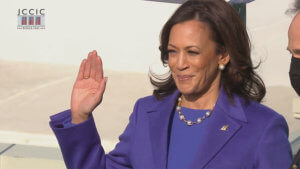
New Vice President Kamala Harris smiles after taking her oath of office.
In the case of the Presidential Inauguration, the only legally required element was that the president take an oath of office, swearing, among other things, to preserve, protect, and defend the U.S. Constitution. “Everything else” — military parades, songs, and the traditional shared drive from the White House to the Capitol — “is form, not function,” Parker wrote. This year, she added, “we may go without a lot of it. And that is OK.”
But removing revered traditions out of necessity doesn’t take away our need to collectively experience what the Inauguration represents, she added. “We are in a moment of transition. … Communities develop shared, collective rituals that help us witness, process and accept a new reality.” In such times as the one we face today, “the renewal and reaffirmation part becomes even more important for us to conduct in our own ways from afar,” she wrote.
As the in-person inauguration became constrained, the number and variety of live-streamed and broadcast events designed by the Joint Congressional Committee on Inaugural Ceremonies and others grew to include people and places never before represented. The oath and other inauguration ceremonies, including the laying of the wreaths at Arlington Cemetery, were livestreamed throughout the day on Jan. 20. You can find a full list of Committee events at the Biden inaugural site.
On Jan. 21, Valarie Kaur and Baratunde Thurston will launch “The People’s Inauguration,” a 10-day virtual festival designed to help citizens think about “reckoning, reimagining, and remaking.”
Barbara Palmer is deputy editor of Convene.


